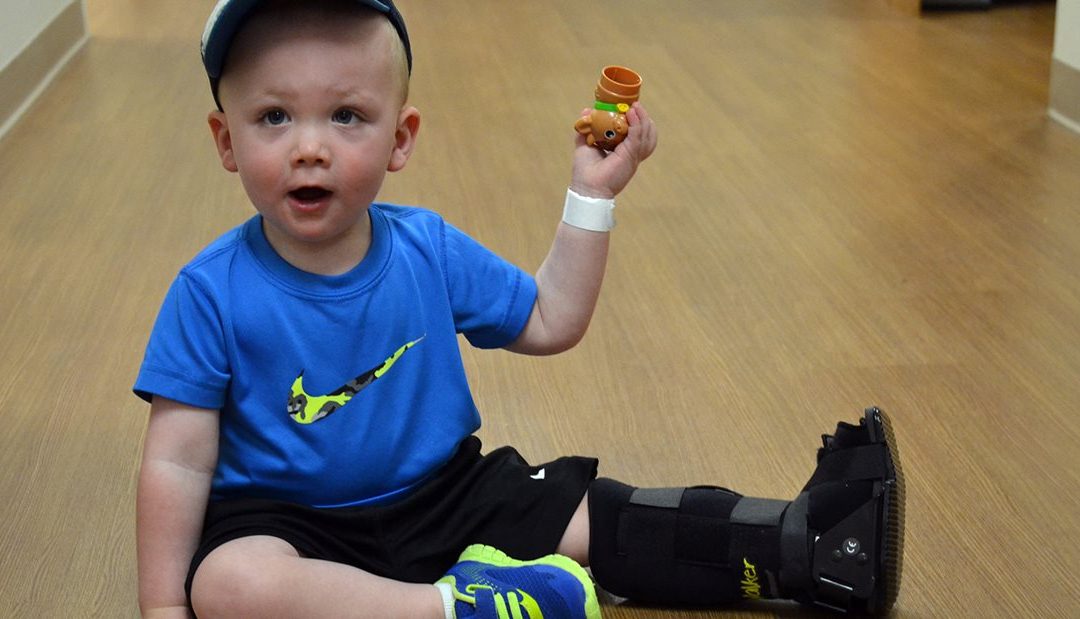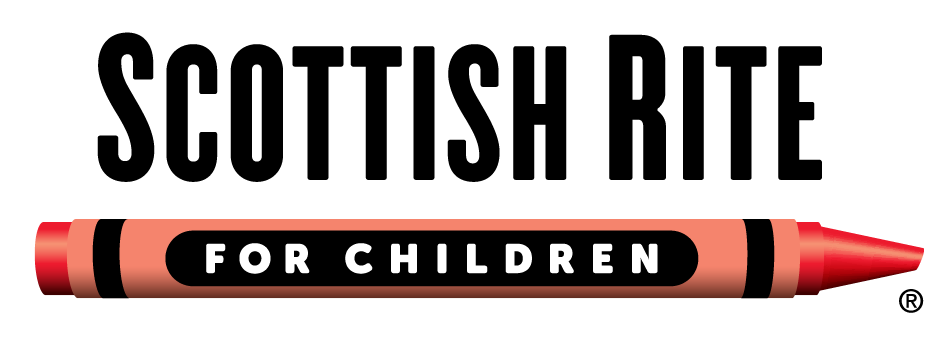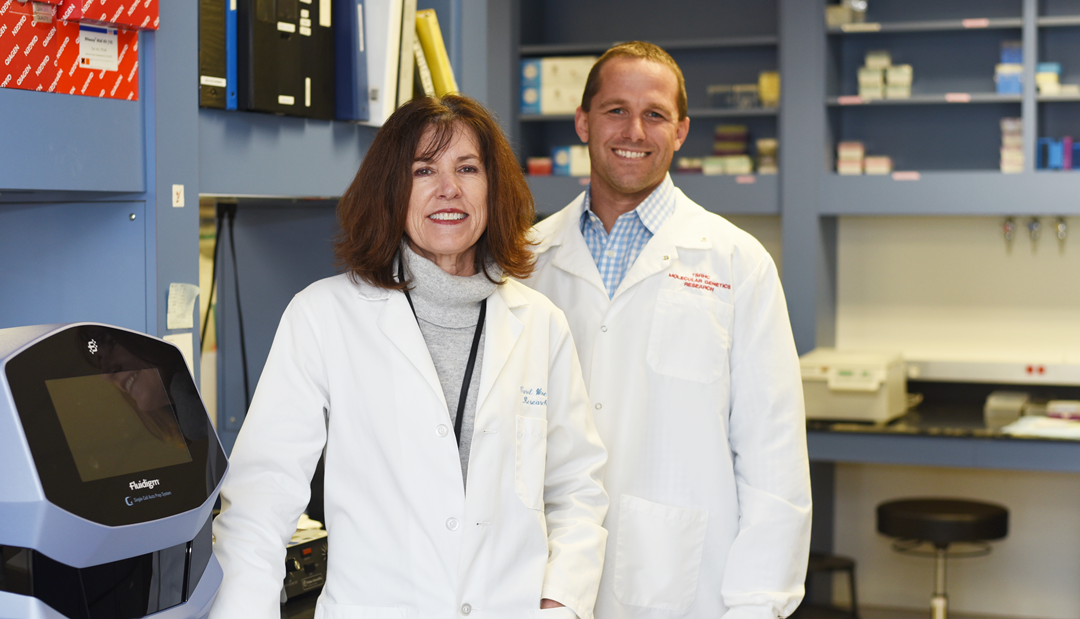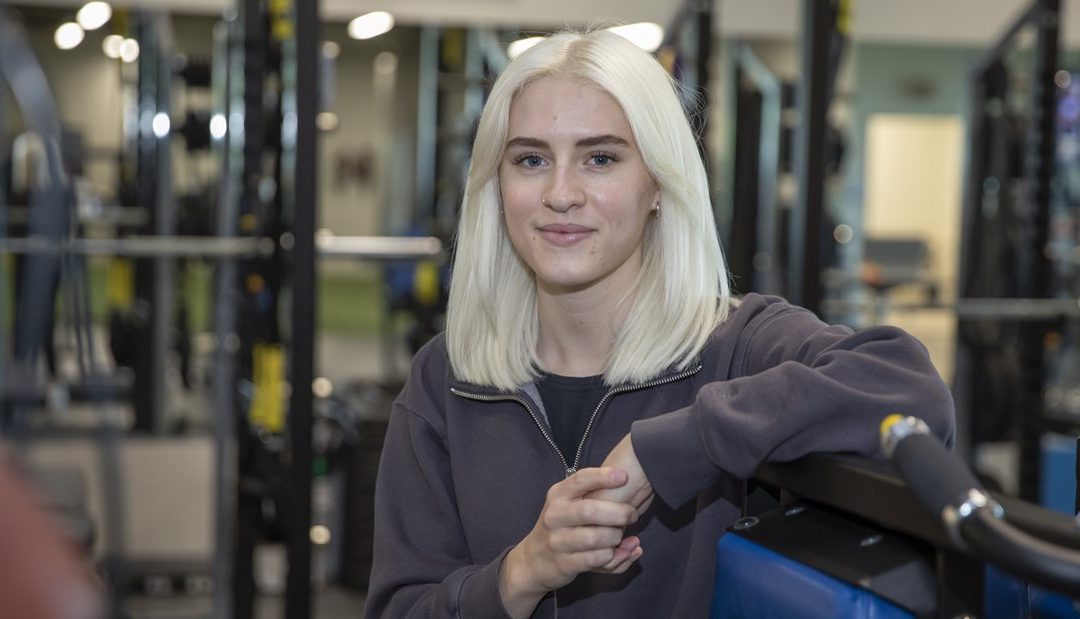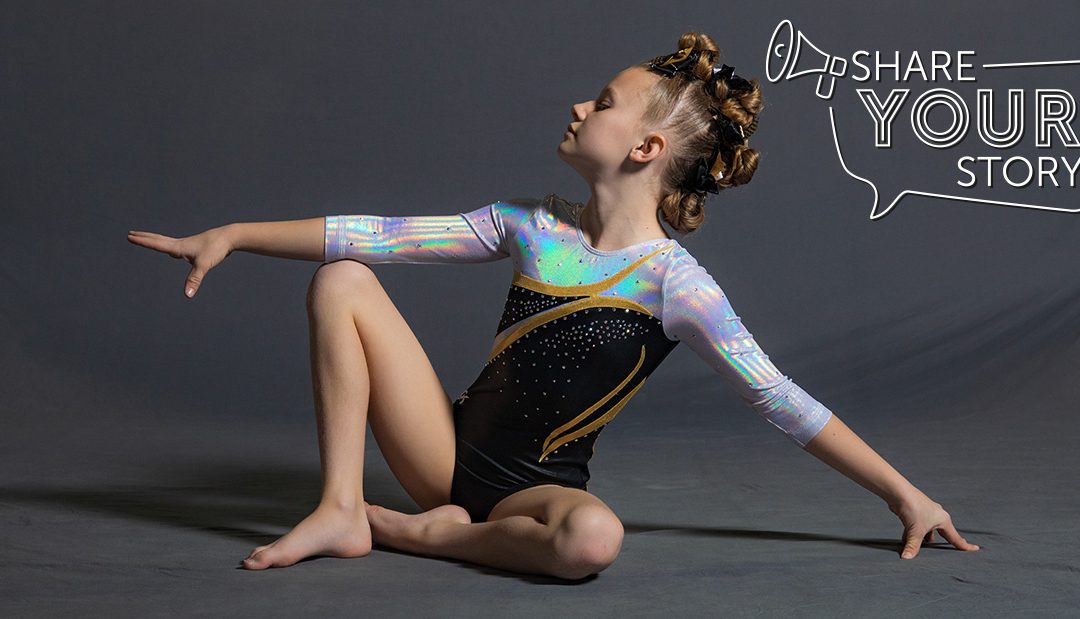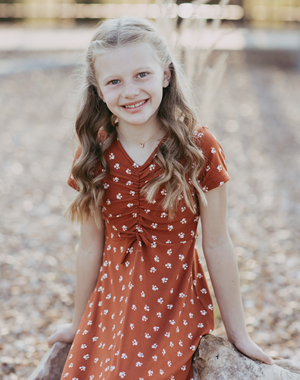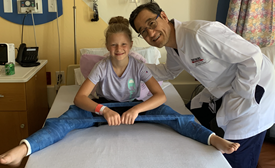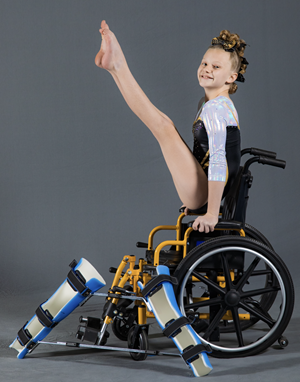Researchers at
Scottish Rite for Children and
UT Southwestern Medical Center were recently awarded a grant from the National Institutes of Health (NIH) that will bring new opportunities to discover genetic causes of clubfoot.
Clubfoot is a complex foot deformity where one or both feet are turned inward and pointed downward. At Scottish Rite, two nonoperative treatment methods are provided to children with clubfoot, though at times, surgical management may be required.
A research team at Scottish Rite, led by Jonathan J. Rios, Ph.D., is investigating the genetic basis of clubfoot. In 2021, Dr. Rios’ team published the largest genetic association study for clubfoot, which included analysis of approximately 8 million genetic markers in more than 8,000 individuals. As part of this effort, his team identified the first gene,
FSTL5, associated with clubfoot using this approach. Using similar strategies, Carol Wise, Ph.D., Director of Basic Science Research at Scottish Rite, has led studies discovering genes associated with adolescent idiopathic
scoliosis. “This award reflects the expertise of our research staff and the organization’s commitment to research excellence, a combination that enables continued discoveries of the genetic basis for pediatric orthopedic conditions treated at our institution,” Dr. Wise says.
Dr. Rios’ new award will utilize whole-genome sequencing to discover genetic causes of clubfoot. As part of this award, the Gabriella Miller Kid’s First Program will sequence the entire genomes of 407 individuals from 85 families with clubfoot. “The Gabriella Miller Program is a unique opportunity to apply comprehensive genomic technologies to tackle unanswered questions in the field and to discover genetic causes of pediatric orthopedic disorders,” Dr. Rios says. The new Kids First Project on Congenital Clubfoot, led by Dr. Rios, is a collaboration with Dr. Jacqueline Hecht, Associate Dean of Research at the McGovern Medical School at UTHealth Houston.
This is the second Gabriella Miller Project awarded to Dr. Rios. In 2016, the Gabriella Miller Project awarded Drs. Rios and Wise’s study of adolescent idiopathic scoliosis, which included whole-genome sequencing of 598 individuals from 168 families. “Scoliosis and clubfoot are the most frequent orthopedic conditions treated at Scottish Rite,” says Scottish Rite Chief of Staff Daniel J. Sucato, M.D., M.S. “Genetic and basic research is fundamental to improving how we care for children, and ‘big data’ studies such as these allow our scientists to tackle new research questions that will advance our understanding of these conditions.” Learn more about research at Scottish Rite for Children and the Scottish Rite for Children Molecular Genetics research team. Jonathan J. Rios, Ph.D., is the co-director of Molecular Genetics at Scottish Rite, as well as an associate professor in the McDermott Center for Human Growth and Development and the Departments of Orthopaedic Surgery and Pediatrics and is a member of the Simmons Comprehensive Cancer Center at The University of Texas Southwestern Medical Center (UT Southwestern). Carol Wise, Ph.D., is the Director of Basic Research at Scottish Rite and is a professor in the McDermott Center for Human Growth and Development and the Departments of Orthopaedic Surgery and Pediatrics at UT Southwestern. Daniel J. Sucato, M.D., M.S., is the Chief of Staff at Scottish Rite and is a professor in the Department of Orthopaedic Surgery at UT Southwestern.
